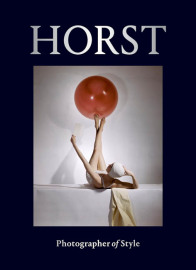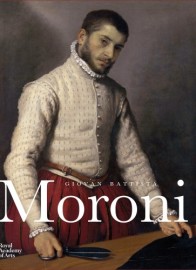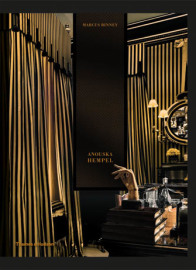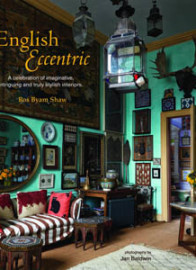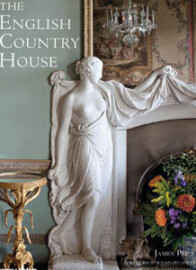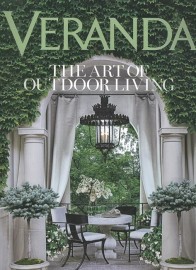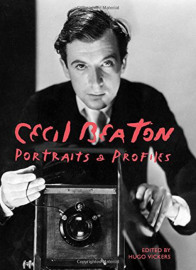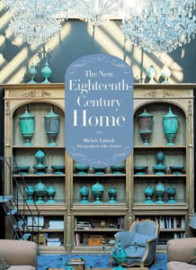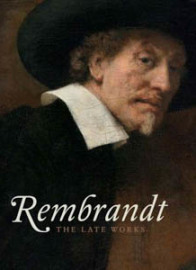Magnificent Obsessions: The Artist as Collector
By Lydia Yee, Published by Prestel, RRP £37.50
To order Magnificent Obsessions: The Artist as Collector at insider price please visit GDC interiors Book Collection on Amazon
The modern era is of course as obsessed with individualism and idiosyncrasy as it paradoxically also is with celebrity. We make our own mark if we can or imitate the famous if we can’t. Looking into the private lives of those we admire – their houses and their collections – is always going to be interesting. So the opportunities offered by this book, that accompanies an exhibition at the Barbican, to see what obsesses modern and contemporary artists, is a real treat.
Traditionally artists collected things that inspired them, which may have been the paintings and sculptures of their heroes if they – like Rubens and Rembrandt – could afford them, or prints of their works, if they could not. But artists’ collections were never limited to just artworks. Frequently objects collected also served as props or as research in their work; and we know how important these props were for Rembrandt for example.
There were clearly many reasons why artists collected the things that they did. Picasso, for example, collected African and Oceanic art; Walker Evans collected an enormous number of postcards depicting ordinary Americans; and Matisse was an avid collector of exotic textiles and furniture. This book takes a look at the collecting habits of modern and contemporary artists including Arman, Peter Blake, Hanne Darboven, Edmund de Waal, Damien Hirst, Howard Hodgkin, Dr Lakra, Sol LeWitt, Martin Parr, Jim Shaw, Hiroshi Sugimoto, Andy Warhol, Pae White, Martin Wong and Danh Vo.
Their collections range from mass-produced memorabilia such as cookie jars and children’s toys owned by Warhol, to unique curiosities and specimens, like Blake’s collection of Walter Potter taxidermy and other curios and rarefied artefacts. The fascination for us is that their collections provide a rare biographical window into their inspirations, influences, obsessions and private lives. At least one key example of an artist’s work is displayed alongside their collections in this book, which is the first to present the collections of a handful of post war artists.













